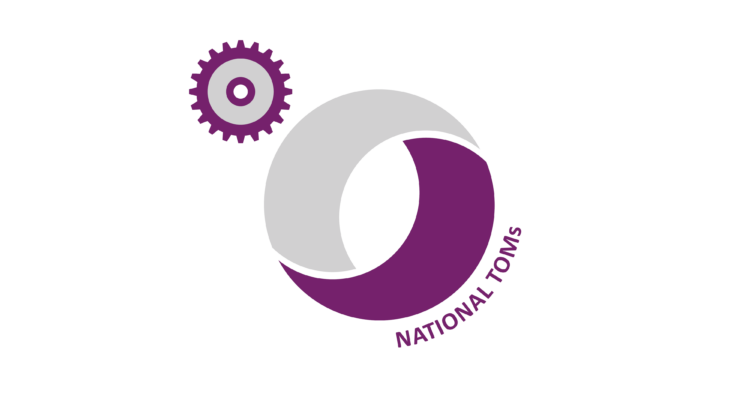A couple of weeks ago, I posted a question in the first of a series in ‘Defining Success in Social Impact’
Many thanks to those who participated, and the vote results are as follows: 17% Yes, 83% No.

Let’s explore this. For context here’s the scenario again: “A company offers employment to an individual with a history of substance misuse who has never had a job before. After 9 months of consistent performance and having built good connections with colleagues, this individual lapses, gets into trouble with the police and very sadly ends up serving time. Has your Social Impact Programme failed in this scenario?”
Yes: Cold Hard Metrics
The first factor to consider is the metric you are using to measure success. There are a number of social impact indicators on the market, but for example, if you are using the TOMs as a data set, this activity would fall under NT3 No. of employees (FTE) taken on who are long term unemployed (unemployed for a year or longer) or possibly (depending on their age) NT4 No. of employees (FTE) taken on who are not in employment, education, or training (NEETs).
The social value proxies given for NT3 and NT4 are based on that individual remaining in employment for a 12 month period. This decision has (rightly, I feel) been made to encourage accountability. Whether you can claim success in this measure will be down to the perspective of the Social Impact commissioner. In the case of Sellafield criteria, Mike Moore comments that it would depend on the guidance given – in the case of employment, Sellafield is interested in sustainable change i.e. employees sustaining long term employment. Depending on the indicator used, failing to maintain 12 months employment may result in an inability to claim this output, in other cases a 75% apportionment may be acceptable.
No: The Human Condition
@BeckyTowns “this is a person, not a policy or practice!”
What metrics fail to consider is the human condition. Both NT3 and NT4 encourage an organisation to offer employment to an individual who is “far from employment” or potentially “hard to reach”. It’s a long-standing observation by social providers that there is a reason why people have been given these labels – they frequently have life experiences or living situations which create barriers to obtaining and sustaining employment, education or training. Any organisation looking to offer employability ideally needs to understand these and set in place appropriate support systems. By doing this, we significantly increase the likelihood of that person sustaining employment, which is ultimately the outcome we are looking for.
As @LukeRichardson comments “The above doesn’t note: what the company did beyond employment (i.e what level of support was provided, noting they’d never had a job before) and whether the lapse was due to work or other reasons.”
We don’t know in this scenario whether the relapse was triggered by work. Triggers can be diverse, subtle and can occur when least expected. It is not the responsibility of the company to create an environment without triggers, but it does have a responsibility to create an environment where any individual feels safe, listened to and can access the support they need. Creating this environment for vulnerable adults and young people frequently sits outside of the skills of a commercial HR department and line managers. This is where an appropriate corporate-charity partnership with a relevant social third sector provider can add significant value.
The contribution from @ElaineClarke encapsulates a ‘person centric’ approach; “My long term outcome would be for them to ‘see a different story about who they are/can be’. Has it failed! No, not necessarily. This is a lapse. Granted it’s resulted in serious consequences but they have experienced lots of positives in this time. Not least that they have worked, they have built good connections with colleagues and they have been consistent in their work. The likelihood is this person would be dealing with lots of situations inside and outside of work that impact upon their behaviour and we don’t know what led to the lapse. Would I be disappointed? Yes undoubtedly. Would that disappointment be because I wanted to help change that person’s circumstance or because I’d wanted it to be plain sailing for them? Probably a little of both. I would give a reference if it was appropriate to – their incarceration hadn’t involved harm to others and the new role didn’t involve care for others. I think they will have benefitted from employment because of the positives already mentioned.”
Policy Design for People We can start to appreciate why the balance of qualitative and quantitative reporting is so important. Whilst metrics are very valuable, we must see these ‘metrics’ as the unique human beings that they are. We must understand that ‘good’ social impact delivery works with an individual to help them achieve their goals and make positive social change.
Don’t get me wrong, I’m not saying this is easy – it is likely to require a cultural rethink within an organisation and is not for everyone.
Consider your indicators with care, understand the implications and define your own success criteria. Be practical, be realistic, and understand the change you can make for people and the places they care about. As @LukeRichardson quotes “If you judge a fish on its ability to climb a tree, it will live its whole life believing that it is stupid”





